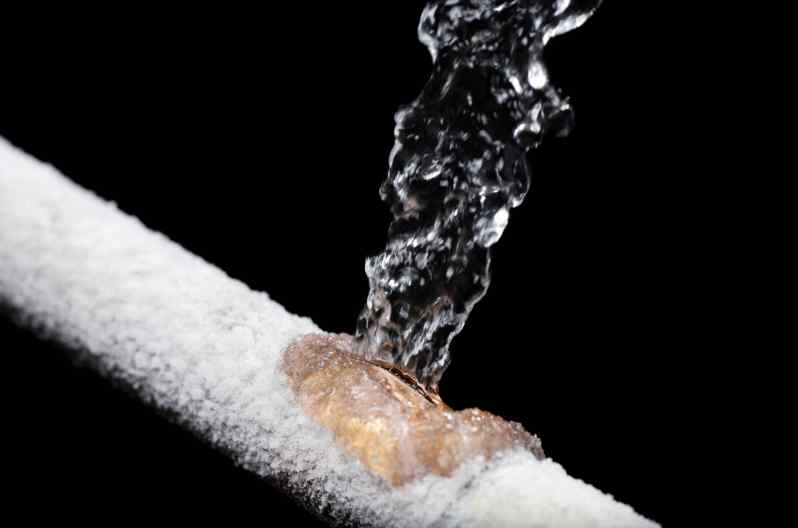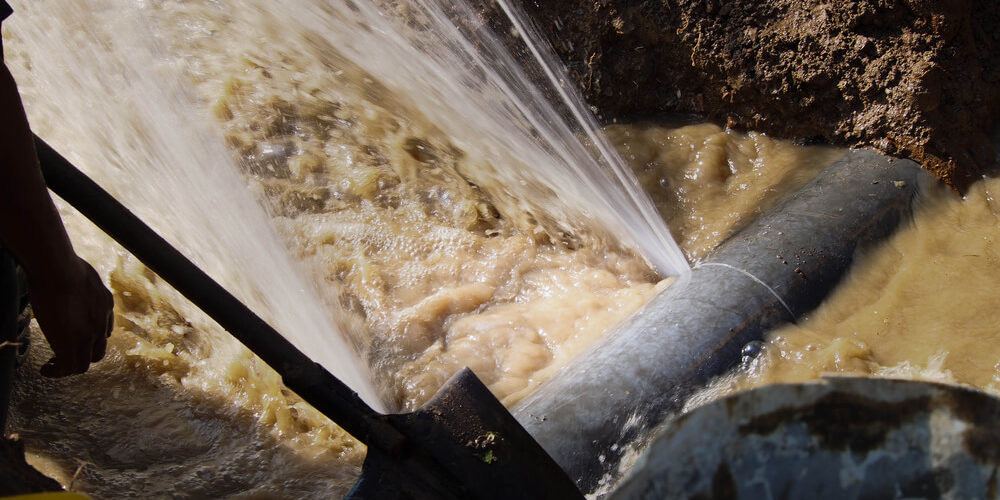What to Know About Septic Tank Maintenance for Every Household
What to Know About Septic Tank Maintenance for Every Household
Blog Article
Everyone is bound to have their own rationale about Do’s And Don’ts In Case Of Water Damage.

What should you do if a water pipeline bursts in your residence, developing a mini-waterfall and flooding an area of your residence? The longer you wait, the more severe the water damages in your property. For these factors, you require to discover what to in situation of a burst water pipe.
Shut Off the Main Waterline Shutoff
Look for the local shut-off shutoff to turn-off water in one particular area just. This will reduce off the water in your whole house. Generally, the primary shutoff is discovered outside the home following to the water meter.
Call Water Damage Restoration Pros for Aid
After shutting the water resource, call the pros for help. With their professional aid, you can mitigate worsening due to the fact that water can seep with your points resulting in warped baseboards, loosened tiles, or damage framework.
Document the Damage For Insurance policy
As you are waiting for the pros to show up, record the damages created by the wayward pipe. Staying positive with this enables you to submit a case for insurance coverage, which will certainly help you and your family get back on your feet.
Restore Points That Can Be Conserved
As soon as you're done taking images, read the items and take out the most essential ones from the stack. Dry them off and also attempt to protect as long as you can. Drag them away from wetness so they can begin to dry out.
Begin the Drying Process
While waiting for the pros, you can begin the drying process. Thankfully, water from your waterlines are clean so you don't need to bother with sewage system water. Nonetheless, the moving water might have interrupted the dirt as well as debris in your rugs and floorboards. So be prepared with handwear covers as you make use of containers to dispose out the water. Blot out as much as you can with old towels. You can also switch on an electric fan or open home windows to advertise air flow. This will hasten drying out and also prevent mold and mold development.
Experts are the only ones qualified to take care of the burs pipes and also subsequent damages. You will typically see red flags like gurgling paint, strange sounds in the plumbing, moldy smell, caving ceiling, peeling wallpaper, or water discolorations.
What should you do if a water pipe ruptureds in your home, developing a mini-waterfall as well as swamping an area of your residence? For these reasons, you require to learn what to in situation of a burst water pipe. After closing the water source, call the pros for aid. With their expert assistance, you can mitigate worsening because water can leak via your things resulting in deformed baseboards, loose floor tiles, or damage framework. Thankfully, water from your waterlines are clean so you do not have to worry regarding sewage system water.
How to Handle a Burst Pipe and Minimize Damage
Steps to Take Ahead of Time
If you own property in an area that experiences cold weather, you need to be aware of seasonal maintenance tasks that will help you protect your property as the weather changes each year. One of the most important steps is to winterize your pipes to ensure they won't freeze or burst when the temperature drops. This includes action items like insulating any exposed pipes, detaching garden hoses and covering outdoor faucets. If the weather gets cold enough, you may even consider leaving a faucet dripping or opening cabinet doors during the coldest parts of the day.
No matter how prepared you might be, accidents and emergencies still happen. You'd be wise to set up a savings account specifically for your property so you have a "rainy day" fund set aside for unexpected expenses. All homes—regardless of age, location or condition—will inevitably need some form of emergency repair.
Steps to Take for Frozen Pipes
A frozen pipe will not necessarily burst, so if you can catch a frozen pipe early on, you could save yourself a major headache. When your area experiences frigid temperatures, be sure to check your plumbing and keep an eye out for warning signs like faucets only releasing small amounts of water or toilets not refilling when flushed. If you do run into one of these issues, you're likely dealing with a frozen pipe.
If this happens, your first step should be to cut off the water supply to that section of the plumbing. Expanding and freezing water can quickly cause damage. Even if the water supply is shut off, you will likely still deal with some leaking from the water that defrosts after the pipe has thawed. Be prepared with a mop, bucket and/or towels to quickly soak up any excess water.
In order to thaw a frozen pipe, you can use a space heater, infrared or incandescent heat lamp, or even a hairdryer to warm up the frozen area. Heat tape is also an option and should be used according to manufacturer instructions. Do not use any sort of open flame to thaw frozen pipes, as it poses a major fire hazard and can damage your pipes further.
Steps to Take for a Burst Pipe
Water damage claims are the second most common insurance claim in the U.S. When you're dealing with a frozen pipe, the water continues to expand as it freezes, which creates pressure that can cause a pipe to burst. When this happens, the crack or leak in the pipe allows water flow from the pipe to enter your home where it shouldn't. If a pipe does burst, you need to act quickly to mitigate property damage and repair cost.
Your very first step should be to shut off your main water supply to minimize flooding—typically the most expensive damage to address. Once you've shut off the water supply, make sure you identify the entire area that has been impacted by the leak. Remove as much water as possible—as quickly as possible—using a mop, sponges, towels or a shop vacuum or wet/dry vacuum. To prevent long-term damage due to moisture build-up, run a dehumidifier or fan in the affected area. Contact a licensed plumber to ensure the pipe is correctly repaired before running any water to that section of the home again. Burst pipes and the associated water damage are something you absolutely want to avoid as a property owner. If you've had to learn your lesson the hard way, don't let yourself get caught in a similar situation during the next spell of cold weather. The best way to deal with frozen or burst pipes is to prevent them in the first place—proactive winter maintenance will save you time, money and a whole lot of stress.

We had been made aware of that article on Do’s And Don’ts For Homeowners Managing With Water Damage through an associate on a different web blog. Sharing is nice. You won't know, you may very well be doing someone a favor. Many thanks for your time. Come back soon.
Report this page